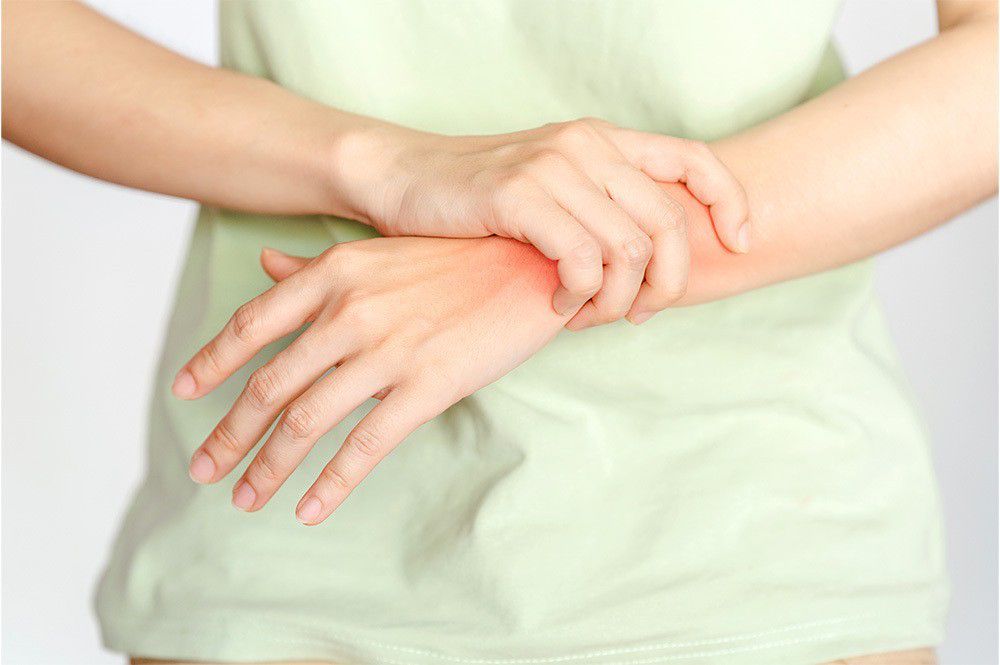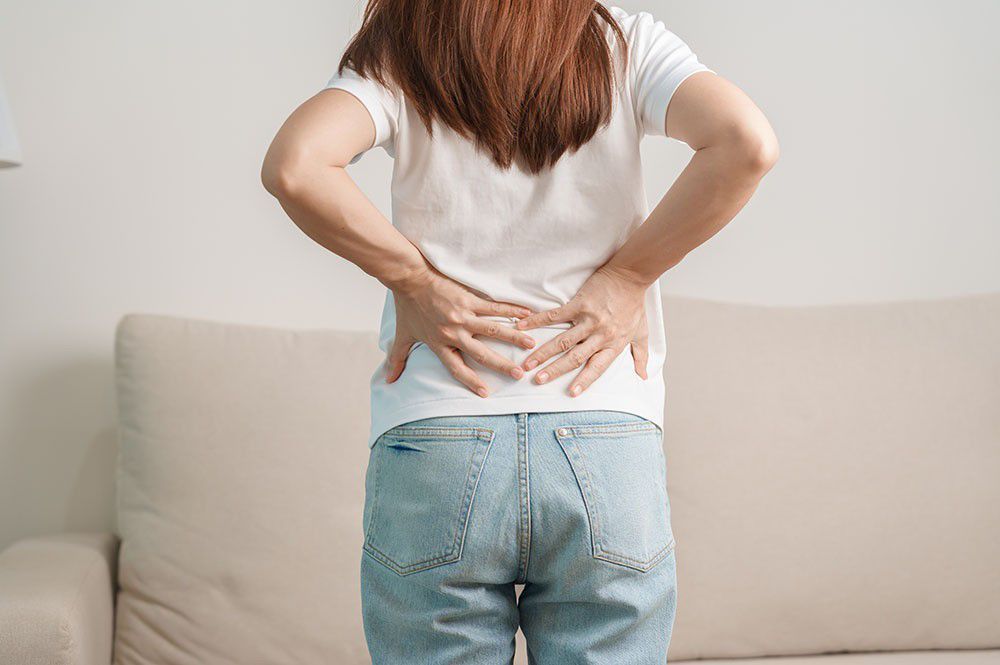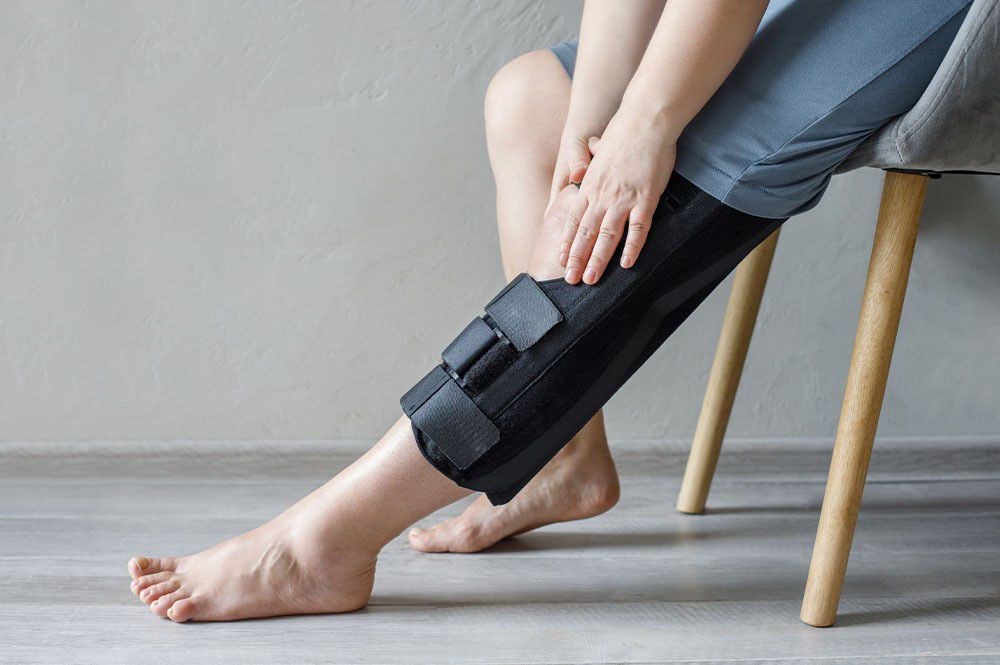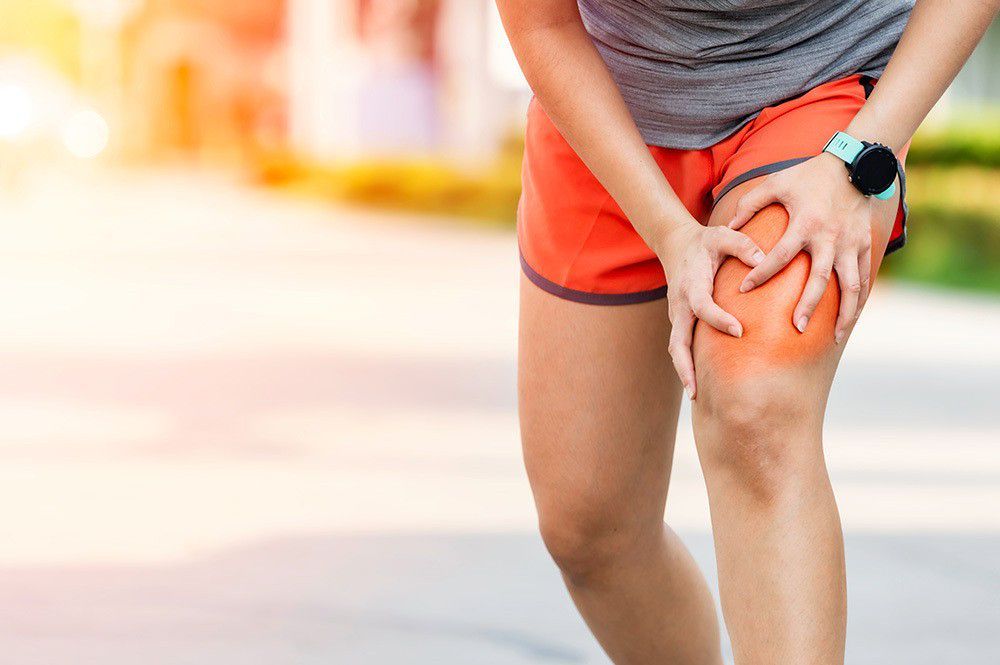Arthrosis of the hands: physiotherapy treatment

- 1 General informations
- 2 Beginning and development
- 3 The role of physical therapy
- 4 Physiotherapy treatments
- 5 Exercises
What happens when you have arthrosis?
With osteoarthritis, there is a progressive destruction of cartilage tissue. Nowadays, researchers are tracing the causes of osteoarthritis to develop drugs that can combat cartilage degradation.
Typical symptoms of osteoarthritis are stress-related pain, stiff, “creaky” and deformed joints. The joint surfaces are covered with elastic cartilage, with a shock absorber-like function that protects the periosteum (the part sensitive to pain that ensures that the joint can function smoothly).
- Articular cartilage is extremely strong thanks to its unique structure
- Cartilage tissue is an elastic mass of water, sugar, protein, and several layers of tightly interwoven collagen fibers.
- Cartilage cells are found in the cavities of the cartilage tissue. Their job is to replace old fibers and proteins in the cartilage tissue with new ones.
- Nutrients supply the cartilage through the synovial fluid. The regular alternation of loading and unloading ensures that these are evenly distributed throughout the joint and can penetrate well into the cartilage.
Arthrosis: how it starts and how it develops
Today, doctors assume that osteoarthritis is not caused by wear and tear or mechanical wear and tear.
Instead, in osteoarthritis, the cartilage cells destroy cartilaginous substances and thus break down cartilage.
Some cartilage cells die, others turn into bone cells and then convert cartilage into bone. Bone spurs develop at the sides of the joint, limiting its mobility.
Why cartilage cells initiate this disastrous remodeling program has yet to be fully studied. But messenger substances in the joint appear to play an important role. Some researchers have found that stressed cartilage cells, like the ones created after microinjuries, release a protein (Syndecan 4). It is then incorporated into the cartilage cell surface like an antenna and activates a specific endogenous enzyme that cuts collagen fibers and thus destroys cartilage. Scientists hope to use these findings to develop effective drugs against osteoarthritis.
Risk factors for osteoarthritis:
- Mechanical stress: frequent blows, and impacts can cause tiny tears in the cartilage and surrounding ligaments. Such injuries to the joint system can lead to osteoarthritis. This explains why professional athletes are at high risk of developing osteoarthritis.
- Hereditary: in osteoarthritis of the finger and thumb joints, small congenital deformities of the articular surface can trigger osteoarthritis.
- Incorrect loading: permanent incorrect loading is detrimental to cartilage. Researchers recommend moderate exercise because it leads to cartilage renewal. An excess could damage cartilage.
- Poor diet: being overweight is a strong risk factor for osteoarthritis. Excess abdominal fat promotes systemic inflammation, which also damages cartilage. In addition, every extra pound strains weight-bearing joints: for example, when walking, knees must absorb 2.5 times the weight of the body and 3.5 times its weight when descending stairs.
Arthrosis of the hands: why physical therapy is important
Exercise is good for you, even in the painful stages.
It is essential to continue to perform the hand training agreed upon with the physiotherapist or occupational therapist who is a hand specialist. Experts agree that in the beginning, the exercises should be focused on the person and their state of arthrosis, with subsequent adjustments and modifications of the exercise program to match a standard physiotherapy protocol.
However, initially, it may be advisable to skip strengthening exercises until the pain has subsided and train the joints for movement instead.
The program’s goal is to make the hands feel as “loose and light” as possible.
Determining what feels good for the fingers and what doesn’t is also important. It’s about keeping stress on individual joints to a minimum and always keeping mobility up!
In daily life, little tricks can be useful. For example, groceries should be carried home in a bag with a wide-grip handle instead of a plastic bag. This helps the end joints of the fingers to bend less and to distribute the weight over a larger area. It is also better to use only minimal twisting and shearing forces, like the ones used when opening a bottle.
Specialists such as occupational and physical therapists can show affected people how to protect their joints with physiotherapy exercises and custom-made braces that temporarily relieve the strain on the joints.
Help from 'instrumental and non-instrumental' physiotherapy treatments for osteoarthritis of the hand
Instrumental physiotherapy is an approach to relieve and treat the symptoms of osteoarthritis in the hands, with the goal of reducing pain and, if necessary, swelling. This is achieved through the use of various specialized means and therapeutic techniques.
Here are some examples:
- cryotherapy
- braces
- functional bandages
- kinesiotaping
- instrumental physiotherapy
- low-intensity diathermy
- pulsating magnetic field magnetotherapy
- high-energy laser
- a recovery of mobility
- increased muscle tone.
Many aids facilitate daily activities. Aids for writing and dressing and long levers for opening bottles are available in pharmacies.
Others, such as braces, should ideally be custom-made, as opposed to the standardized ones now available even in malls.
Physical therapy also has kerosene baths to warm hands.
Many patients benefit from the heat, especially in the fall and winter. However, if there is a flare-up of inflammation, it would be necessary to cool the joint instead of warming it.
It is of paramount importance to promptly consult a physician or a trained physical therapist if new joint disorders occur, particularly when they involve the smaller joints of the hands and feet. This is especially crucial because the symptoms of osteoarthritis can resemble those of some rheumatic diseases. Early diagnosis and timely initiation of treatment are essential for these diseases, as they can lead to severe joint misalignments. Early therapeutic intervention can prevent or limit such misalignments.
Physiotherapy exercises for osteoarthritis of the hand
The following are some useful exercises for arthrosis of the hands.
- Warm the hands in a water bath. Insert your hands in the water and move your fingers freely for two minutes.
- Small fist. Immobilize the fingers by clenching the hand into a fist (small fist). Bend and straighten the end and middle joints from the index finger to the little finger. Repeat 5 times and then move to the other hand. 3 times in total.
- Big fist. Bend and stretch the tips, middle joints, and lower joints from the index to the little finger. Repeat 5 times and then move to the other hand. 3 times in total.
- Small O. Form a small O with your fingers. Occasionally, the four fingers alternately touch the tip of the thumb. Repeat 5 times and then on the other hand. 3 times in total.
- Fan the fingers, spread all five fingers wide, and close them again. Repeat 5 times and subsequently on the other hand. 3 times in total. Note: This exercise and the previous one can be done simultaneously with both hands. Pause for 10 seconds after the fifth repetition.
- Flex and stretch. Fold the thumb over the index finger and move it towards the little finger. All the fingers are almost extended and joined. The thumb is slightly extended to the side. Bend and stretch the thumb toward the little finger. Repeat 5 times and then on the other hand, all 3 times.
- Turn the thumbs over, interlace the fingers, leaving the thumbs free and bring them around each other loosely for a few seconds, then do the same in reverse. Repeat 5 times in each direction.
- Reinforce. Press a ball of dough (like those in children’s games). Form a ball of dough and hold it with one hand inside your fist. Press your fingers firmly into the dough. Form a ball again and press it with the other hand. Repeat 5 times with each hand.
- Spread fingers apart, forming the dough into a snake shape as above. Press all fingers, including thumb, straight and flat into the snake, then spread fingers apart. Do the exercise with the other hand and repeat 3 times for each hand.
- Cross your fingers, form a ball of dough and place it in one hand. Press the thumb firmly into the dough. Do the exercise with the other hand and repeat 3 times for each hand.
- Relax your hand, pull the fingers apart, grasp a finger with the other hand, and gently stretch it. Hold for 5 seconds for each finger.
- Massage the fingers, massaging all fingers laterally and especially on the joints for 30 seconds each.
- Massage the thumb muscle, massaging all the soft areas between the thumb and index finger with the thumb of the other hand for about half a minute, then repeat with the other hand.









